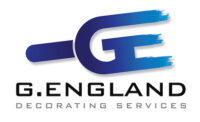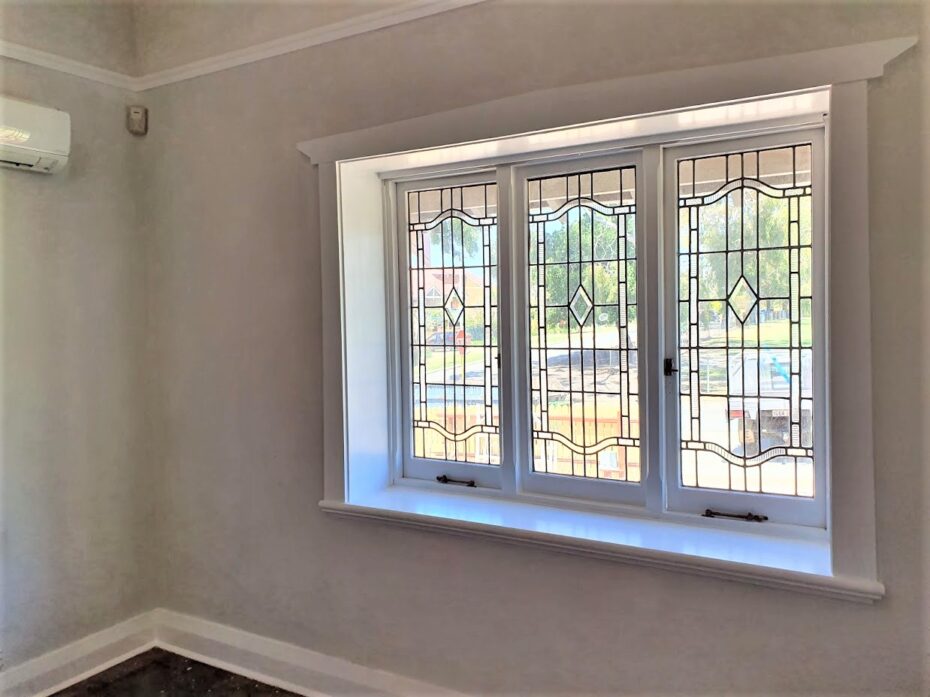The natural & environmentally friendly paint.
Mineral-based, natural limewash is an ancient house paint with a chalky, nuanced texture that only gets better with age.
Environmentally friendly and used for centuries, limewash is one of the original house paints. Should it be on your short list?

What is limewash?
Limewash is made from limestone that’s been crushed, burned, and mixed with water to make a lime putty. The putty is aged and then thinned with water and colored with natural pigments.
Limewash creates surfaces that are mottled and matte with a chalky texture something like suede. It lends a depth and luminosity to flat walls.
Creating a soft weathered patina reminiscent of the wonderful finishes on the buildings of Tuscany, Portofino and other regions throughout the Mediterranean.
Limewash the environmentally friendly paint.
Free of solvents that have pushed paints to the top of the household environmental hazards list, traditional limewash is made from natural lime and natural pigments. Even some modern varieties that contain additional binding agents use mineral additives that keep the environmentally-friendly attributes intact.
Lime Wash also has hygienic properties and acts as a mild fungicide due to its high pH.
Low odour and Very Low VOC. Lime Wash is non film forming, allows walling to ‘breathe’ and does not crack, peel or flake (provided render has no hairline cracking or efflourescence). Resists mould and airborne pollutant pickup.
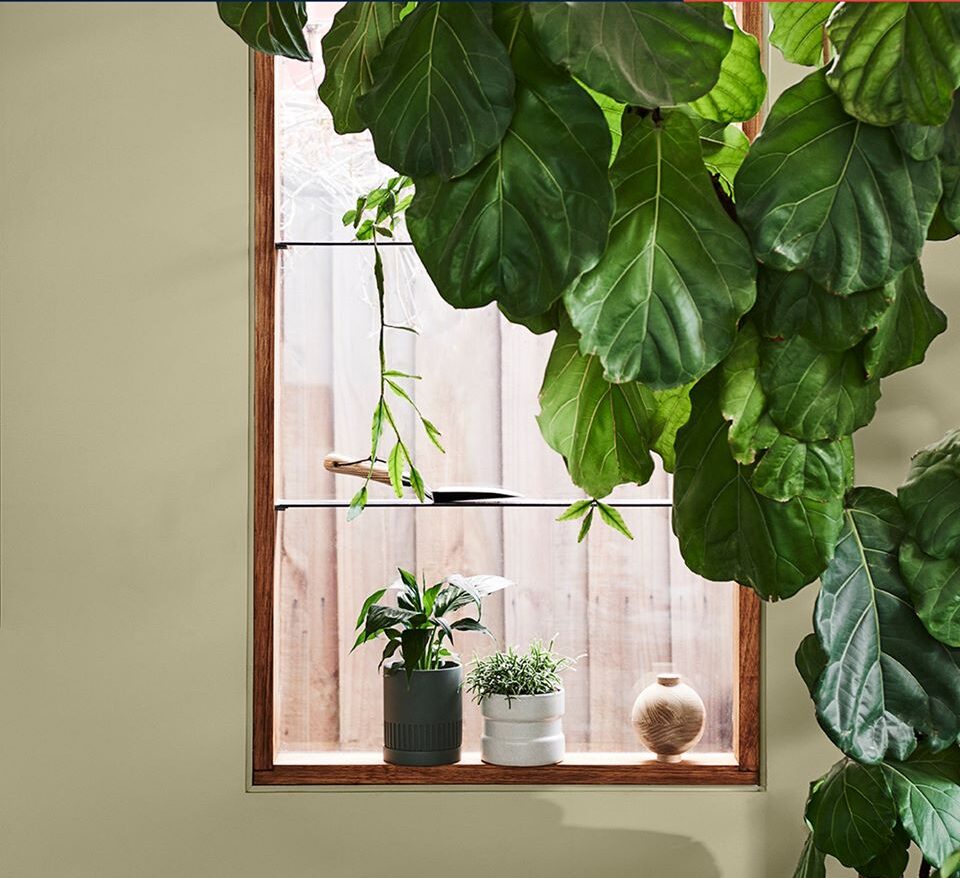
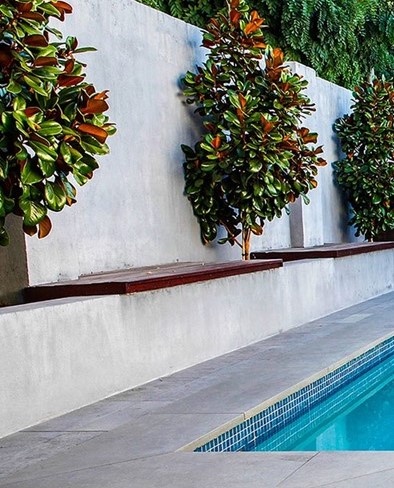
Where to use limewash?
Keep in mind that limewash becomes much lighter as it dries. It’s up to 10 times darker when it’s wet; so it’s important to test colors. The opacity depends on the number of coats that are applied; typically up to three coats are recommended. This is a paint that requires an openness to chance.
Colors vary depending on the pigments used, the composition and porosity of the surface being painted, and the application of the paint.
How do I clean my limewashed walls?

Is Limewash suitable for me?
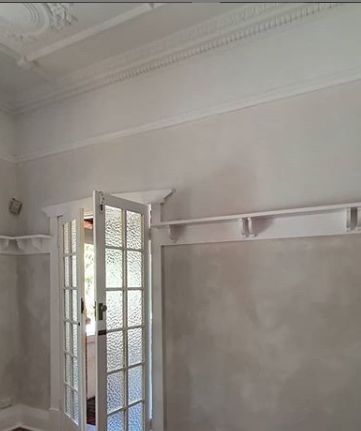
Pros of Limewash
- Breathable (no condensation in damp conditions).
- Natural, solvent-free, and hypoallergenic.
- Absorbs odours.
- Naturally bacteria-resistant.Cons
Cons of Limewash
- Limited colour palette.
- Mottled appearance is hard to control and not to everyone’s liking.
- May require several coats to get the desired effect.
- Not easily cleaned; may require a re-coat.
